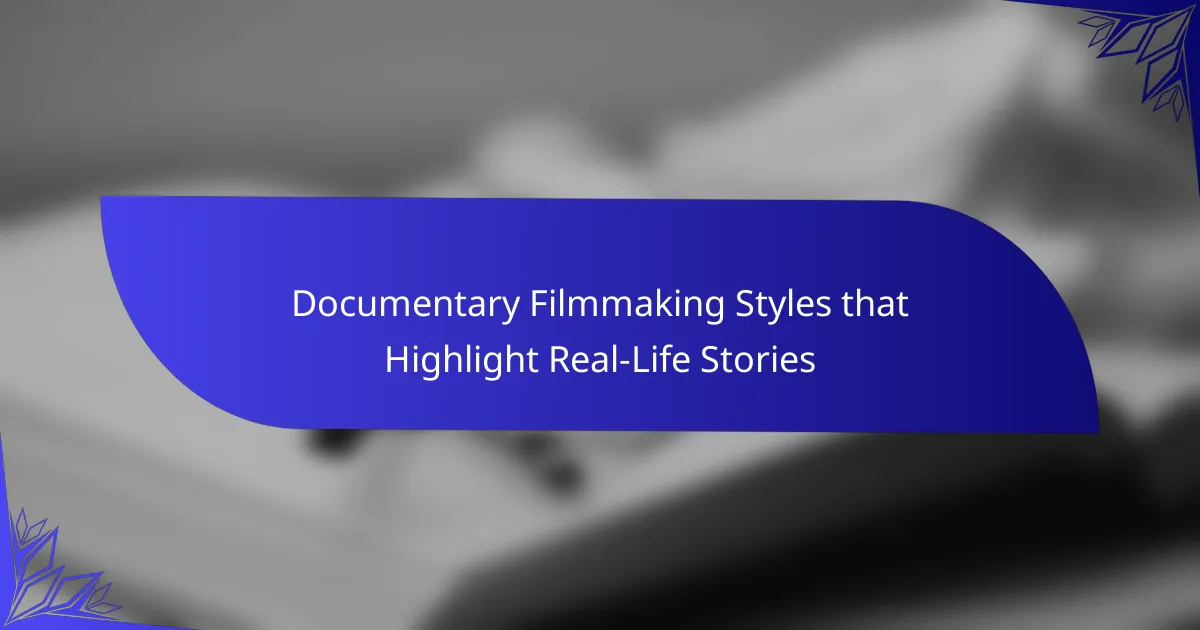Documentary filmmaking styles encompass various approaches that highlight real-life stories, including expository, observational, participatory, reflexive, and performative styles. Expository documentaries focus on delivering information with a guiding narrator, while observational documentaries capture events as they unfold without filmmaker interference. Participatory documentaries involve interaction between the filmmaker and subjects, creating a dialogue, whereas reflexive documentaries emphasize […]
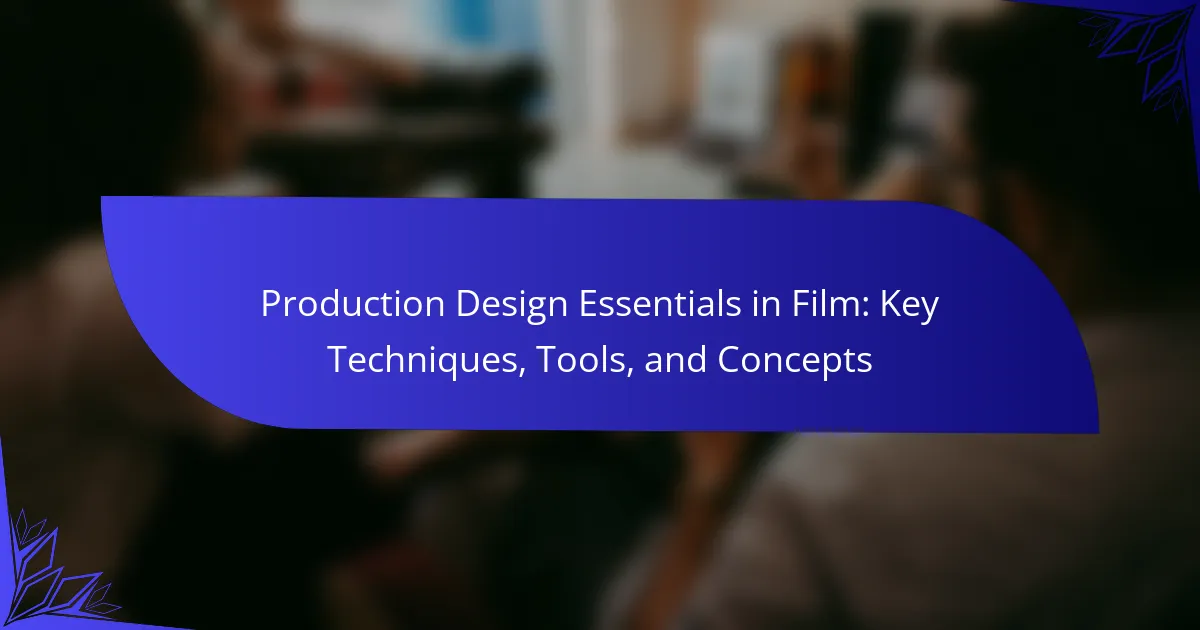
Production Design Essentials in Film: Key Techniques, Tools, and Concepts
Production design in film encompasses the creation of the visual environment, including set design, location selection, and props, all aligned with the film’s aesthetic and themes. Production designers utilize essential tools such as AutoCAD, SketchUp, and Adobe Creative Suite, alongside physical resources for set construction. Key concepts in production design include visual storytelling, space utilization, […]

Exploring Genre Conventions in Screenwriting: A Comprehensive Guide
Genre conventions in screenwriting refer to the established norms and expectations that define specific film genres, guiding narrative structures, character archetypes, themes, and visual styles. This article explores how screenwriters can effectively utilize these conventions to create engaging narratives that resonate with audiences. It discusses the significance of understanding distinct genre elements, such as the […]
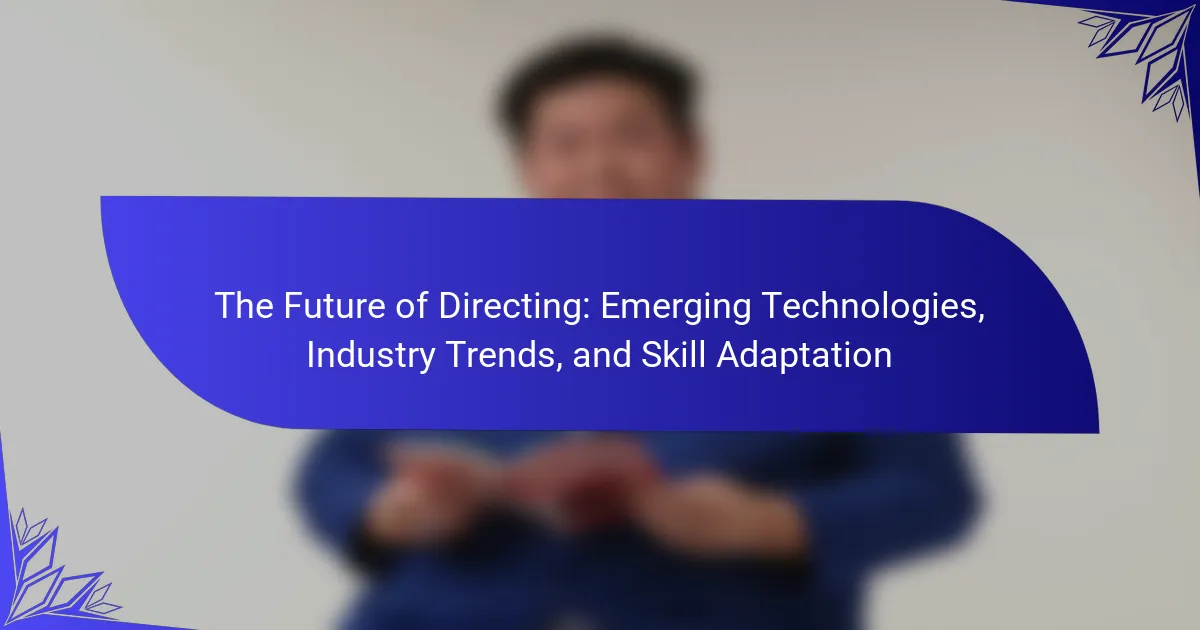
The Future of Directing: Emerging Technologies, Industry Trends, and Skill Adaptation
The article explores the future of directing, focusing on emerging technologies such as virtual reality (VR), augmented reality (AR), and artificial intelligence (AI), which are revolutionizing storytelling and production processes. It highlights how VR creates immersive experiences, AR enhances live performances, and AI automates tasks like script analysis. The piece also discusses the impact of […]
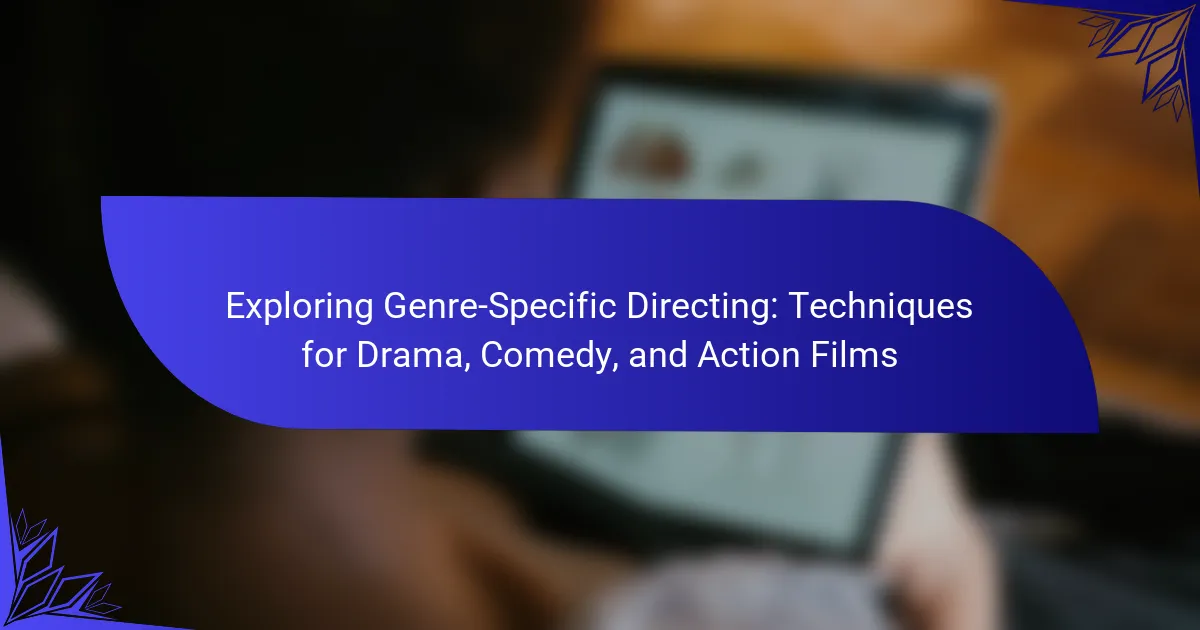
Exploring Genre-Specific Directing: Techniques for Drama, Comedy, and Action Films
The article focuses on genre-specific directing techniques for drama, comedy, and action films. Key elements include understanding genre conventions, character development, pacing, and visual style, which shape the storytelling process. Techniques for drama emphasize emotional depth, character arcs, and visual storytelling, while comedy relies on timing and humor. Action films utilize dynamic camera movements, rapid […]
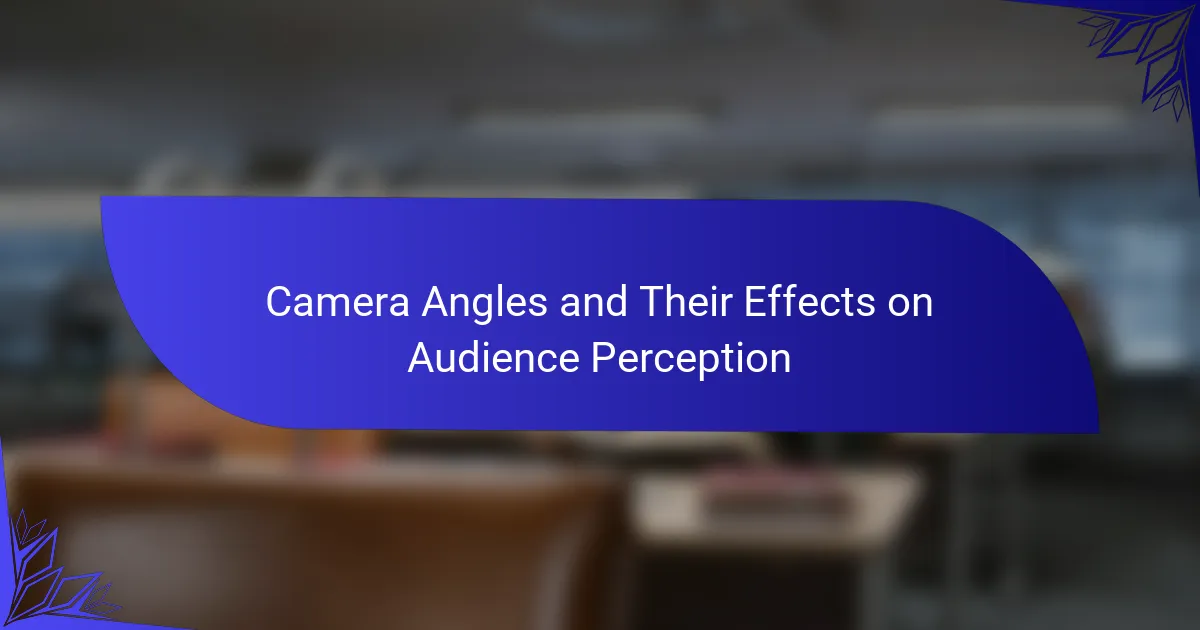
Camera Angles and Their Effects on Audience Perception
Camera angles are specific positions from which a camera captures a scene, playing a crucial role in visual storytelling. This article explores various types of camera angles, including high angle, low angle, eye level, bird’s eye view, and Dutch angle, and their impact on audience perception and emotional response. Each angle influences how characters and […]
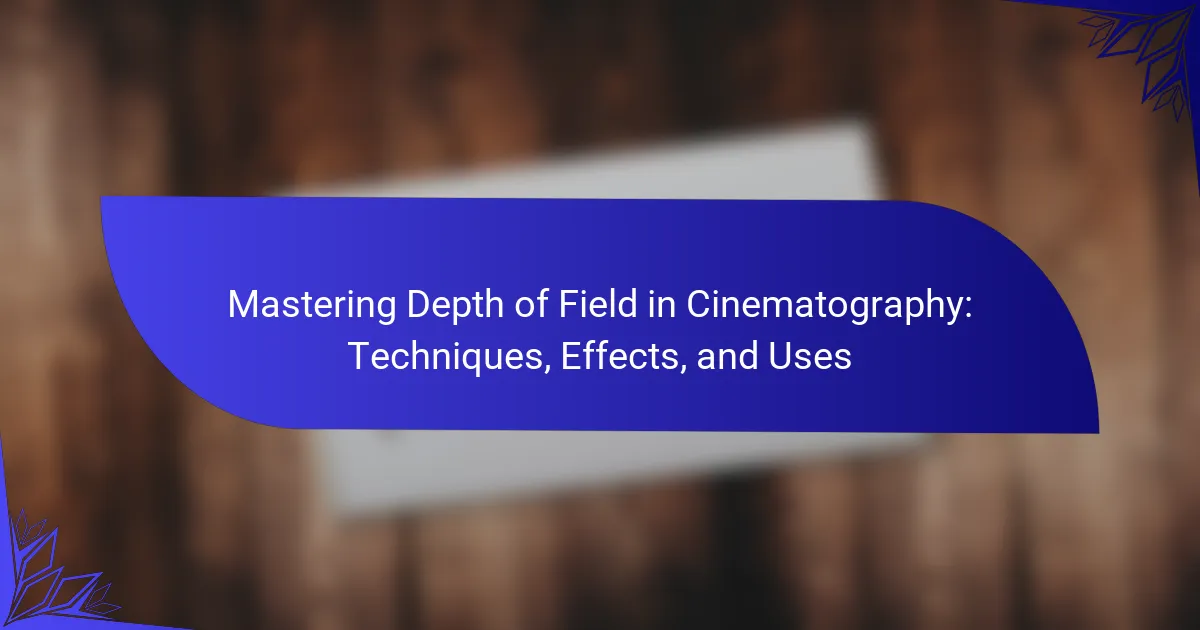
Mastering Depth of Field in Cinematography: Techniques, Effects, and Uses
Depth of field (DoF) in cinematography is the range of distance in a scene that appears sharp, influenced by factors such as aperture, focal length, and subject distance. This article explores techniques for mastering depth of field, including adjusting aperture settings and focal lengths to achieve desired visual effects. It discusses the impact of shallow […]
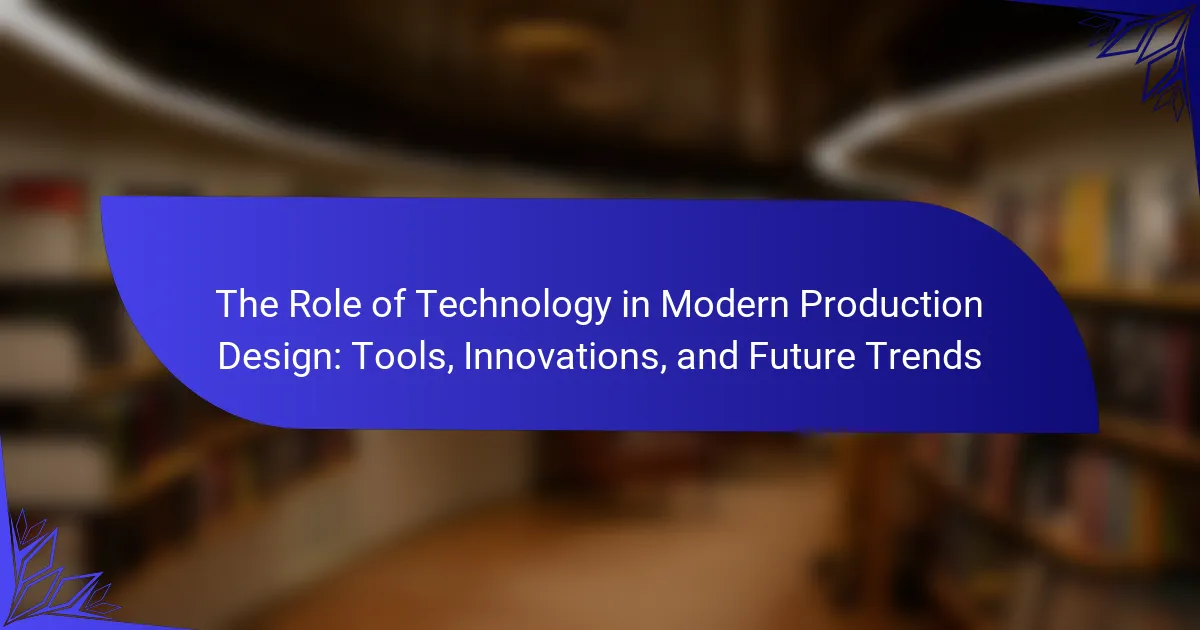
The Role of Technology in Modern Production Design: Tools, Innovations, and Future Trends
Technology significantly influences modern production design by improving efficiency and fostering creativity through advanced tools and innovations. Key technologies include Computer-Aided Design (CAD), Virtual Reality (VR), Augmented Reality (AR), and Artificial Intelligence (AI), which enhance design accuracy, collaboration, and workflow automation. Additionally, 3D printing facilitates rapid prototyping, while sustainable practices and materials are increasingly prioritized […]
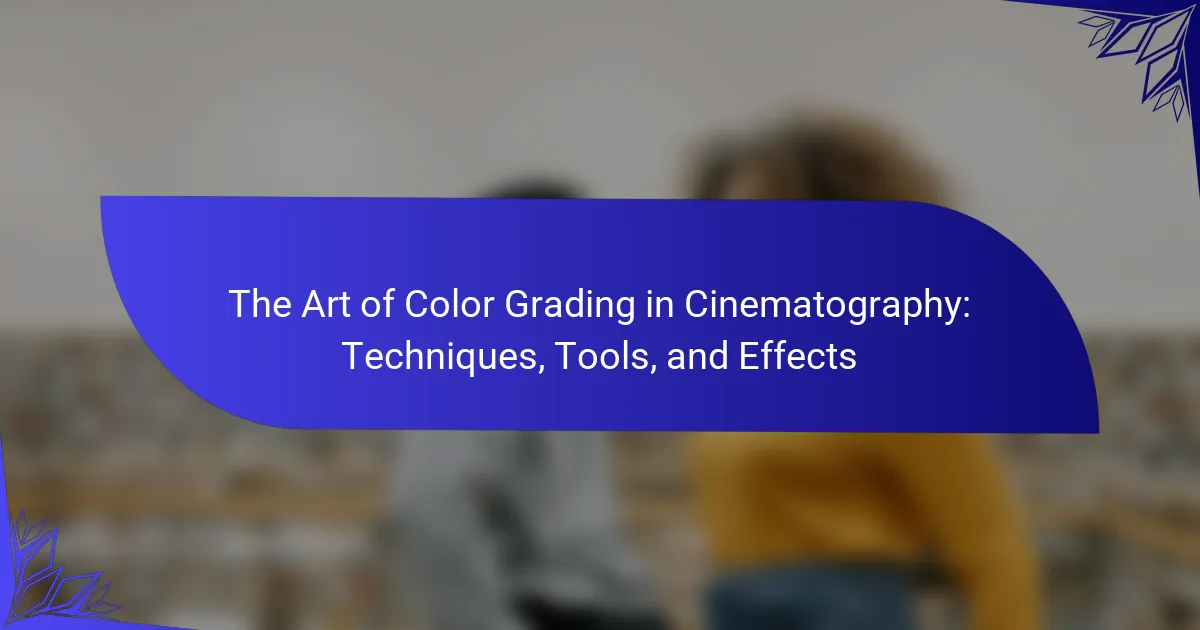
The Art of Color Grading in Cinematography: Techniques, Tools, and Effects
Color grading in cinematography is a crucial process that enhances and alters the color of film or video to establish specific moods and atmospheres. This technique involves adjusting parameters such as contrast, brightness, and saturation, significantly impacting visual storytelling and audience emotional responses. Commonly used software for color grading includes DaVinci Resolve and Adobe Premiere […]
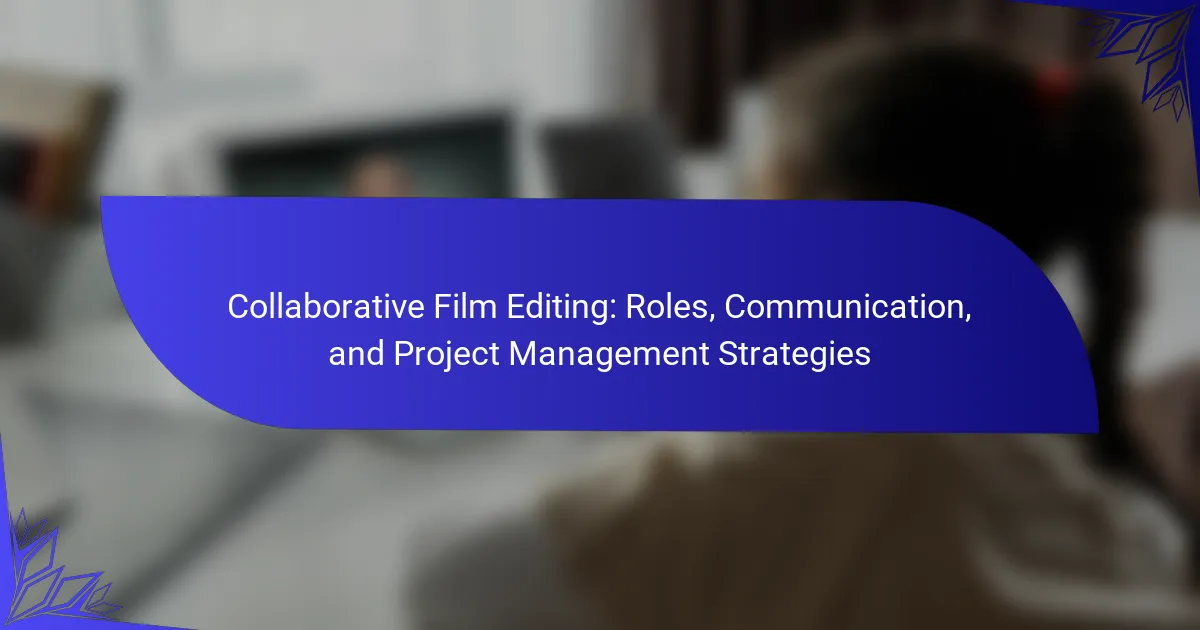
Collaborative Film Editing: Roles, Communication, and Project Management Strategies
Collaborative film editing involves multiple editors working together on a film project, enhancing creativity and efficiency during the editing phase. This process relies on effective communication, allowing editors to share ideas, techniques, and feedback, which leads to diverse perspectives and innovative solutions. The use of shared software platforms facilitates teamwork among editors. Research indicates that […]
